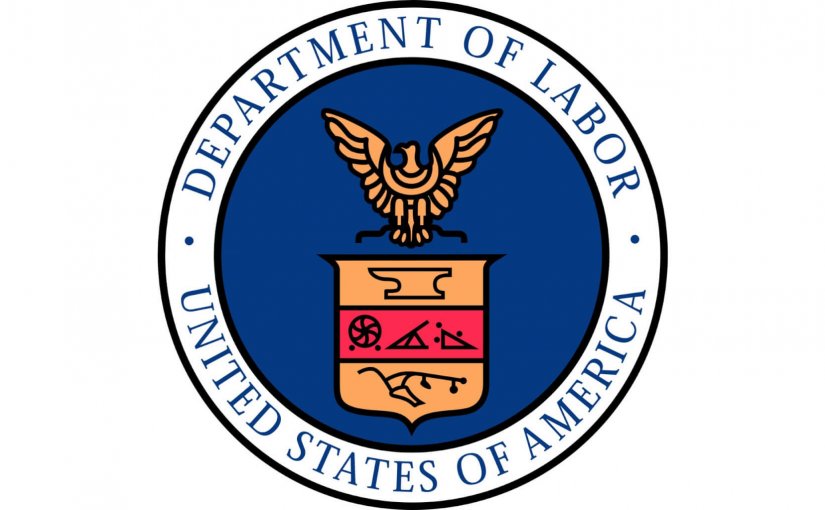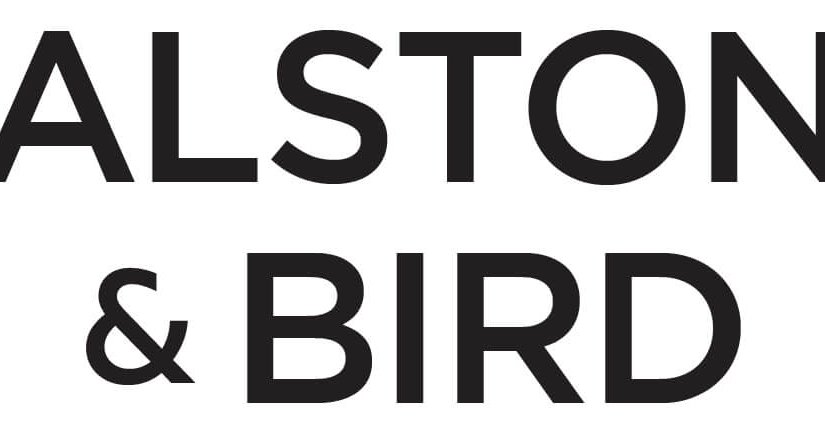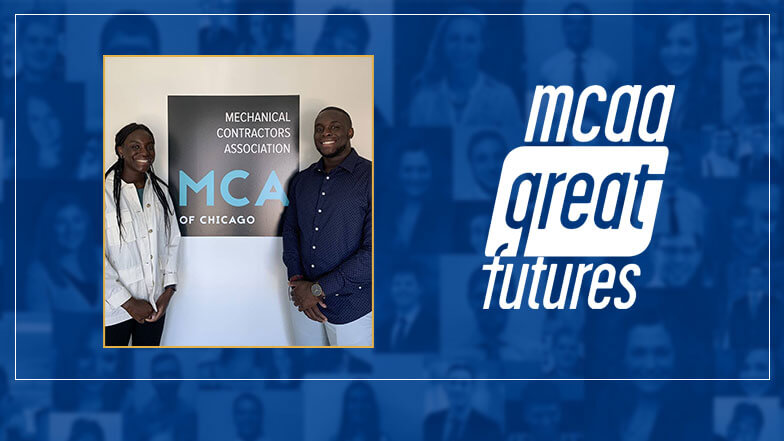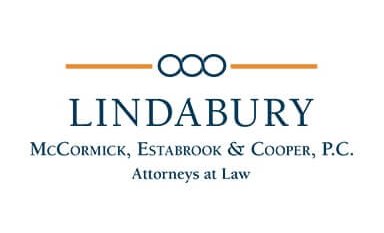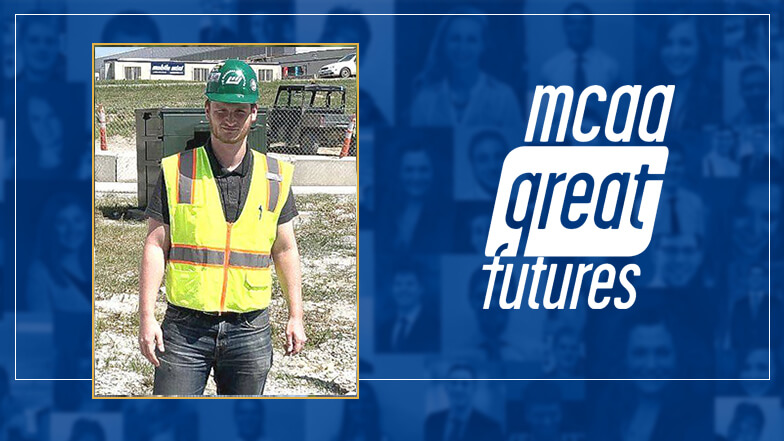Withum COVID-19 Bill Update – 7/20/2020
Automatic Forgiveness?: Treasury Secretary Mnuchin recently suggested publicly that the SBA should consider forgiving all PPP loans and forgoing the process of the forgiveness application. This would, of course, be a stunning change in direction with respect to the mechanics of loan forgiveness. There has been chatter for a while that the SBA may seek to forgo applications on “small” loans as a vast majority of the loans issued were below $150k. This would substantially reduce the workload of the lenders and SBA when it comes to processing applications, and is appearing more and more likely as the days roll on, though the actual dollar threshold is a moving target.
EIDL Loans: As we all know, the EIDL loan program was funded and gained a lot of traction/interest at the same time as the PPP roll out. Many companies clamored to gain access to the loan product as a result of its favorable terms (30 year repayment, 4% max rate, no personal guarantee for small loans). Withum is starting to see clients identify onerous covenants and reporting requirements (e.g., quarterly financial reports and year-end reviewed financials). There does not appear to be uniformity among all EIDL loan agreements, if you received an EIDL loan, it is important to review your agreement to ensure you have clearly identified all reporting requirements that are connected with the loan.
Reminder Section: (what should I be doing):
- Talk to your payroll company about claiming the employer payroll tax deferral and employee retention credits (ERC) that were made available in the CARES Act.
- Talk to your payroll company about claiming the qualified sick/family leave refundable tax credits (from FFCRA, passed prior to the CARES Act).
- Consider speaking with your lender to discuss changes to terms of existing debt facilities.
- If you have already received a PPP loan, start forecasting how you intend to spend the funds and how you can qualify for the highest amount of loan forgiveness possible. If you are not forecasting 100% loan forgiveness, then most likely you should seek assistance regarding your particular situation. Withum believes the vast majority of borrowers should expect and plan to receive 100% loan forgiveness.

